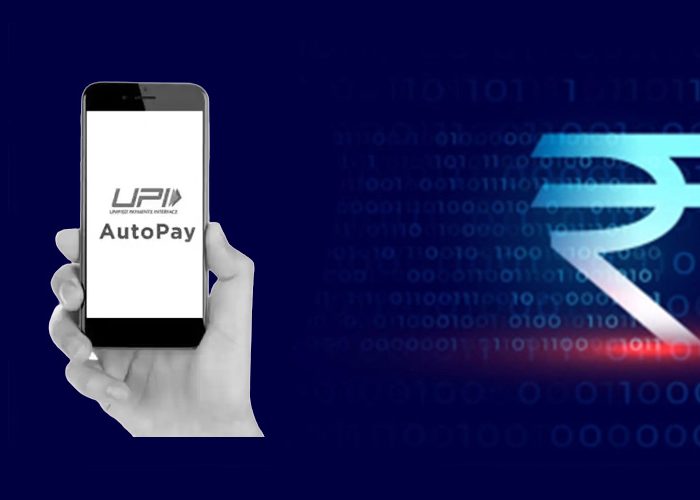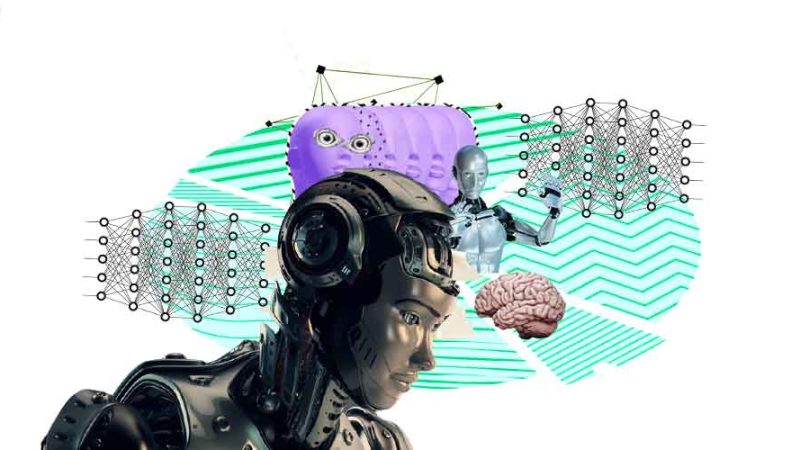
India is moving toward becoming entirely digital in the next years. Unified Payments Interface (UPI) is already used far more frequently than cash in India. The country aspires to reach the next stage of digitization with the introduction of the central bank digital currency (CBDC) of the RBI, the digital rupee. How the digital rupee is different from UPI is one of the concerns we haven’t yet covered at India Today Tech, despite having nearly all the answers to other queries about it.
What is Digital Rupee?
Let’s quickly recap what the digital rupee is all about first. The digital Rupee, also known as digital currency, can be defined as a digital version of paper money. Cash money and the digital rupee have the same value. One digital rupee is equivalent to one rupee in currency, for instance. Simply put, this means that, unlike cryptocurrencies, the value of the digital Rupee never changes.
Currently, RBI has partnered with four banks for the initial phase of the digital rupee experiment, which has been implemented in 4 cities. The nation’s central bank is anticipated to eventually make the service available to all citizens. The pilot program for the digital rupee was launched by the central bank of India on December 1 in four cities, including Bengaluru, Mumbai, New Delhi, and Bhubaneswar. State Bank of India, Yes Bank, ICICI Bank, and IDFC First Bank were the four institutions that the RBI teamed up with for the initial testing.
The RBI announced that it would collaborate with four additional banks, including Union Bank of India, HDFC Bank, Bank of Baroda, and Kotak Mahindra Bank, once testing gets underway. In the second phase, the service will be extended to several additional cities. Ahmedabad, Gangtok, Indore, Kochi, Lucknow, Guwahati, Hyderabad, Patna, and Shimla are some of these cities.
Difference between Digital Rupee and UPI
UPI, in contrast to the digital rupee, merely serves as an interface for financial transactions involving actual money. While one cannot withdraw Digital Rupee from their bank account, it is merely another type of money similar to fiat money. The UPI interface, however, enables consumers to conduct online transactions using their bank account. Fiat money is essentially used for all transactions.
UPI and the digital Rupee are thus entirely separate ideas. With the introduction of the digital rupee, India may be hoping to eventually abandon UPI. The goal is possibly reducing the expense of managing and carrying cash money by depending on the digital Rupee. Therefore, the purpose of digital currency is to eventually replace the use of actual money. But there’s still a ways to go.











